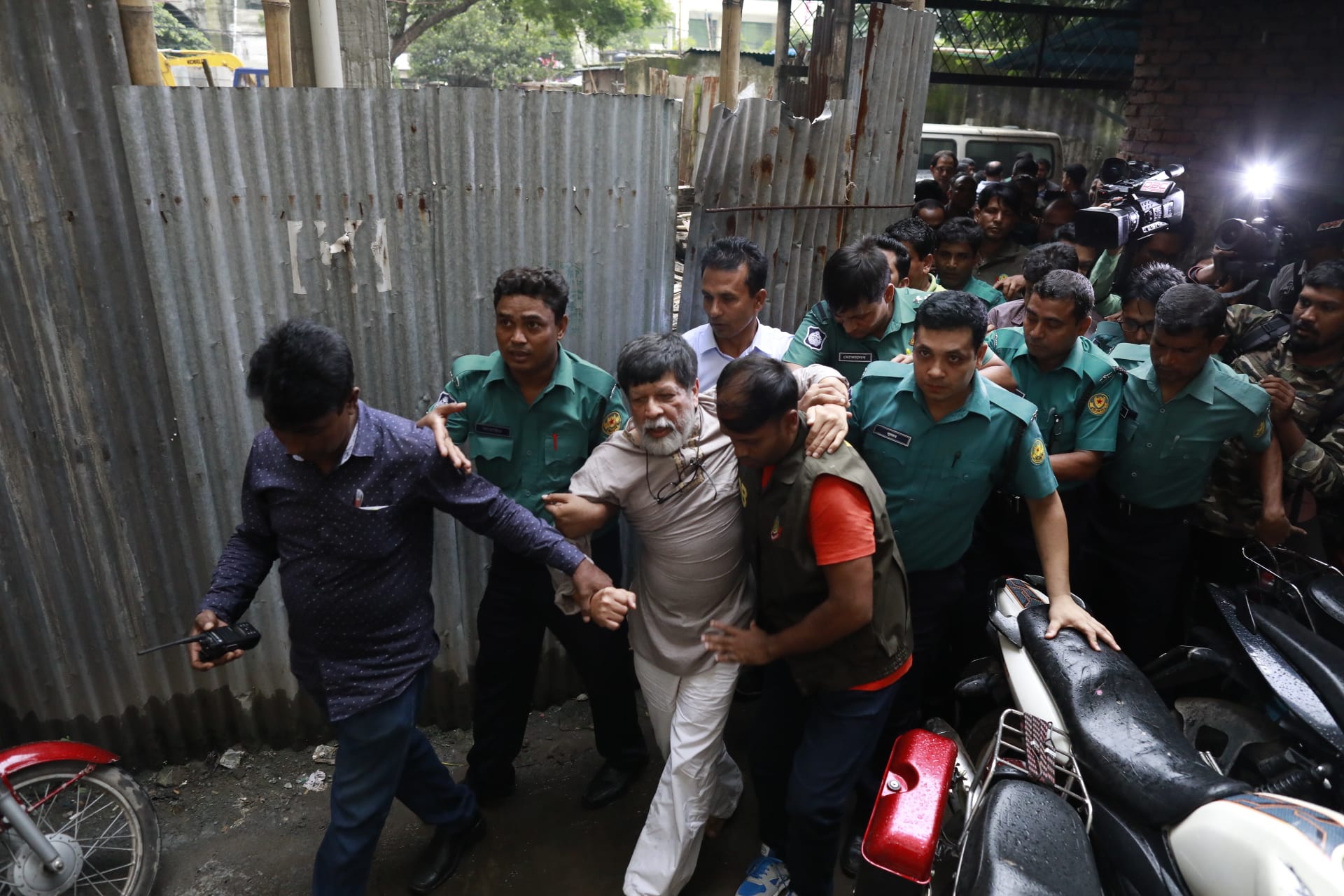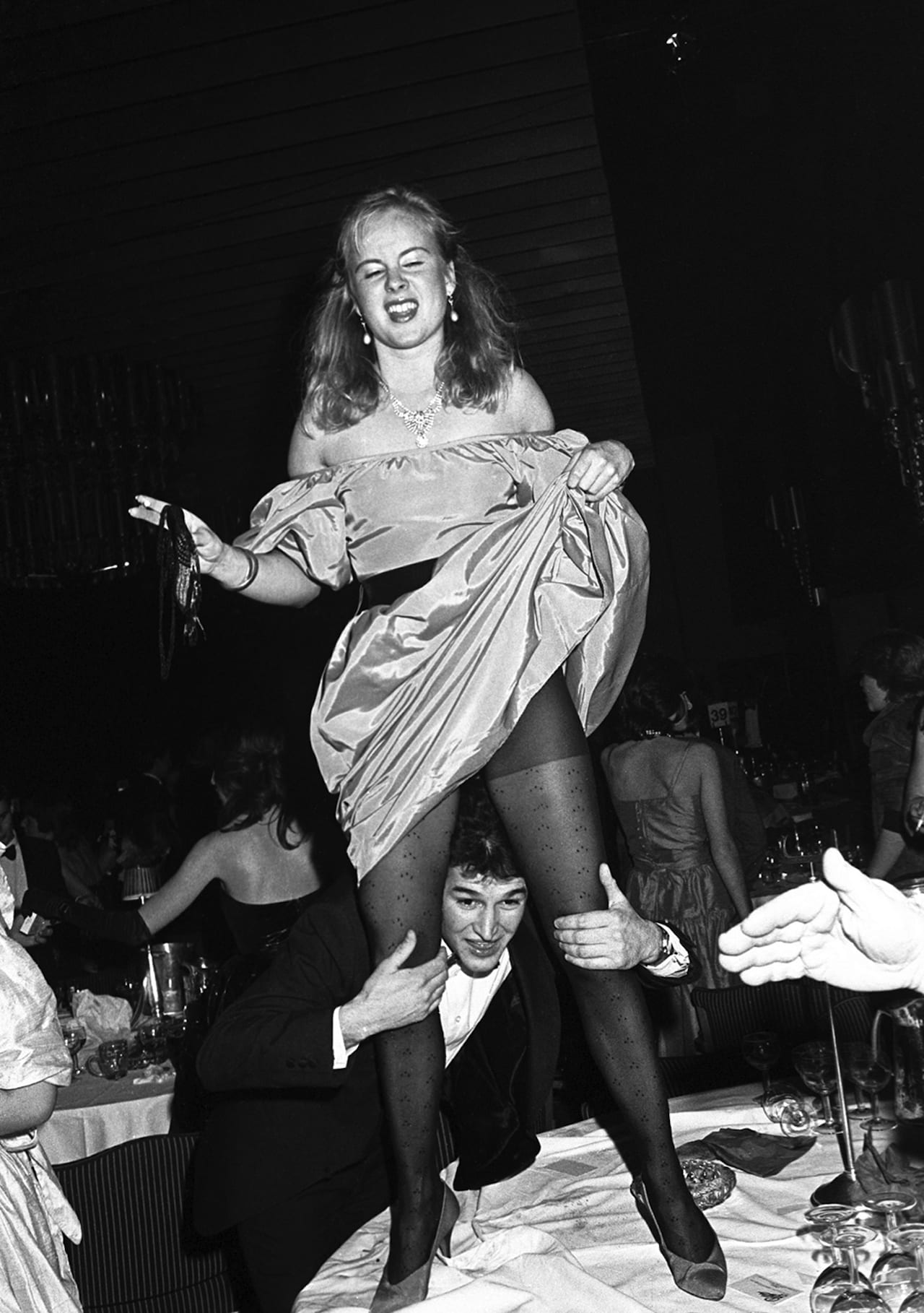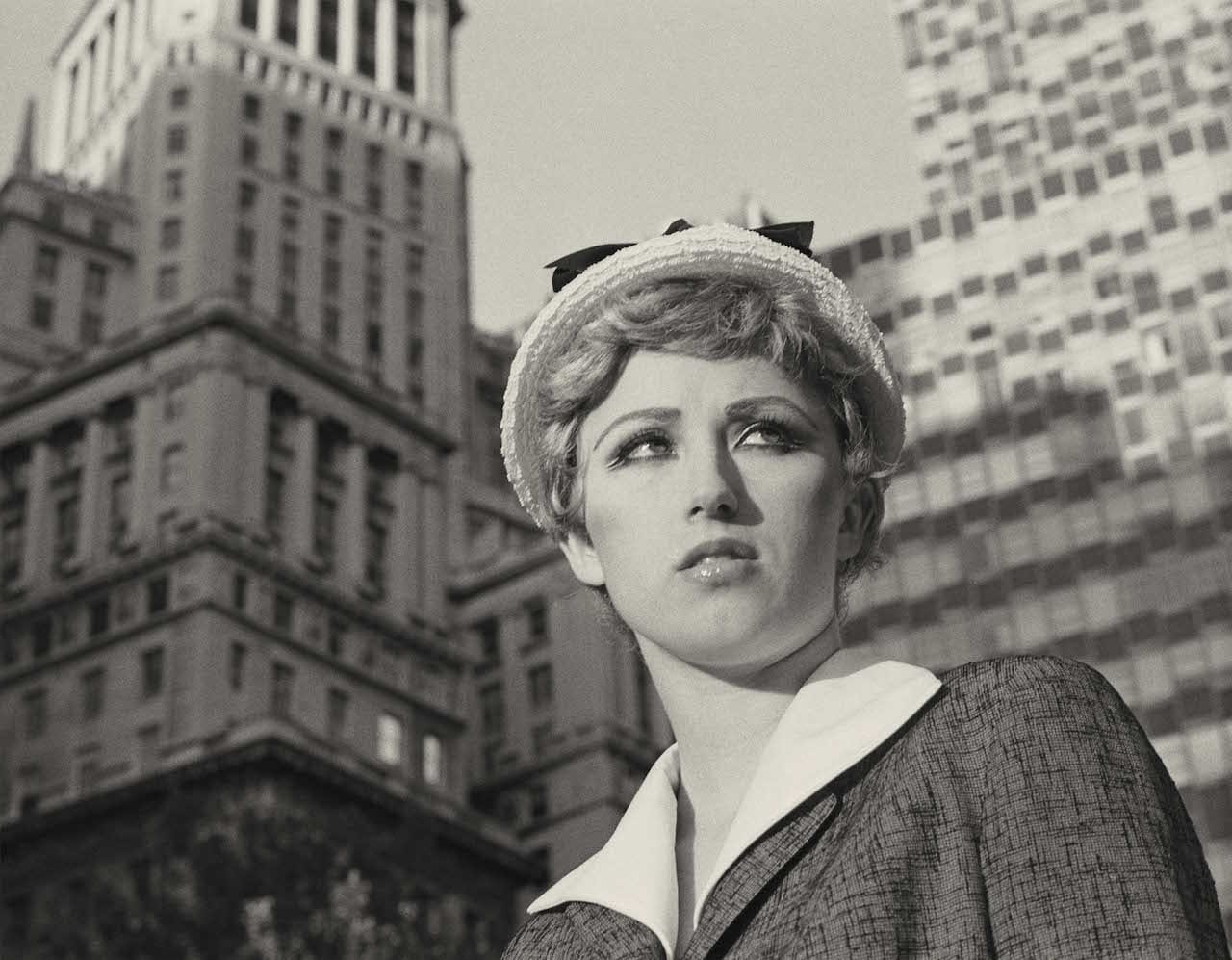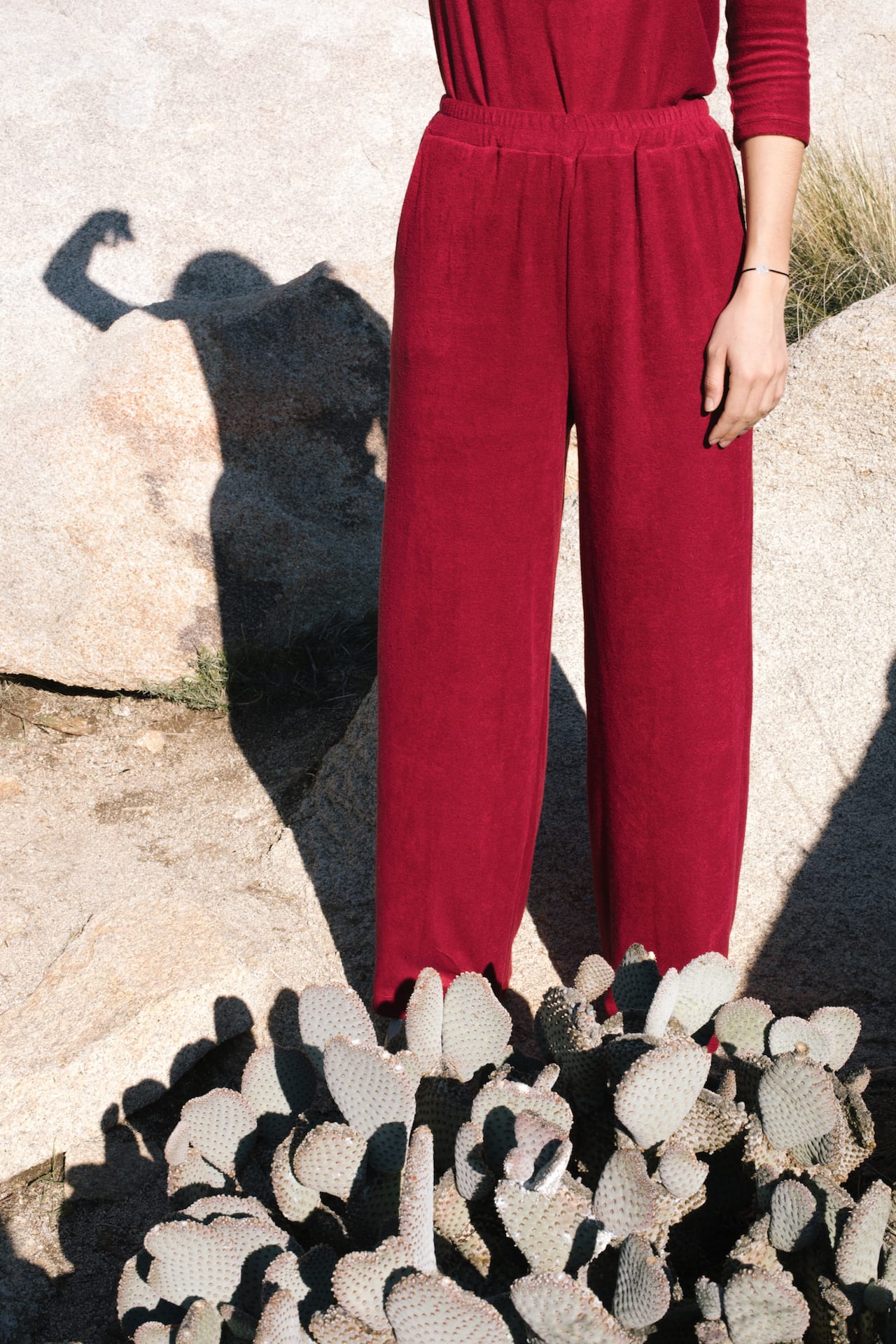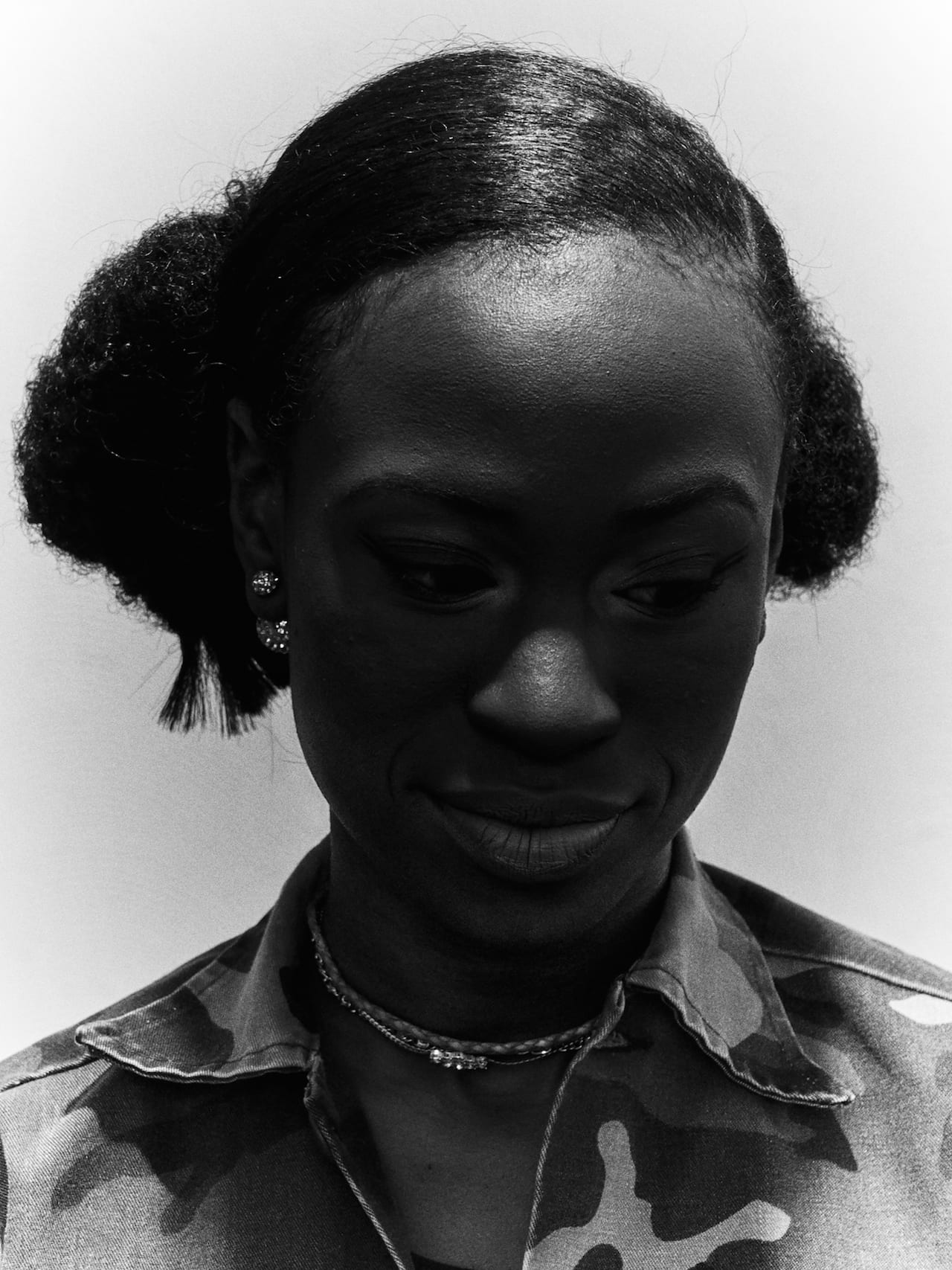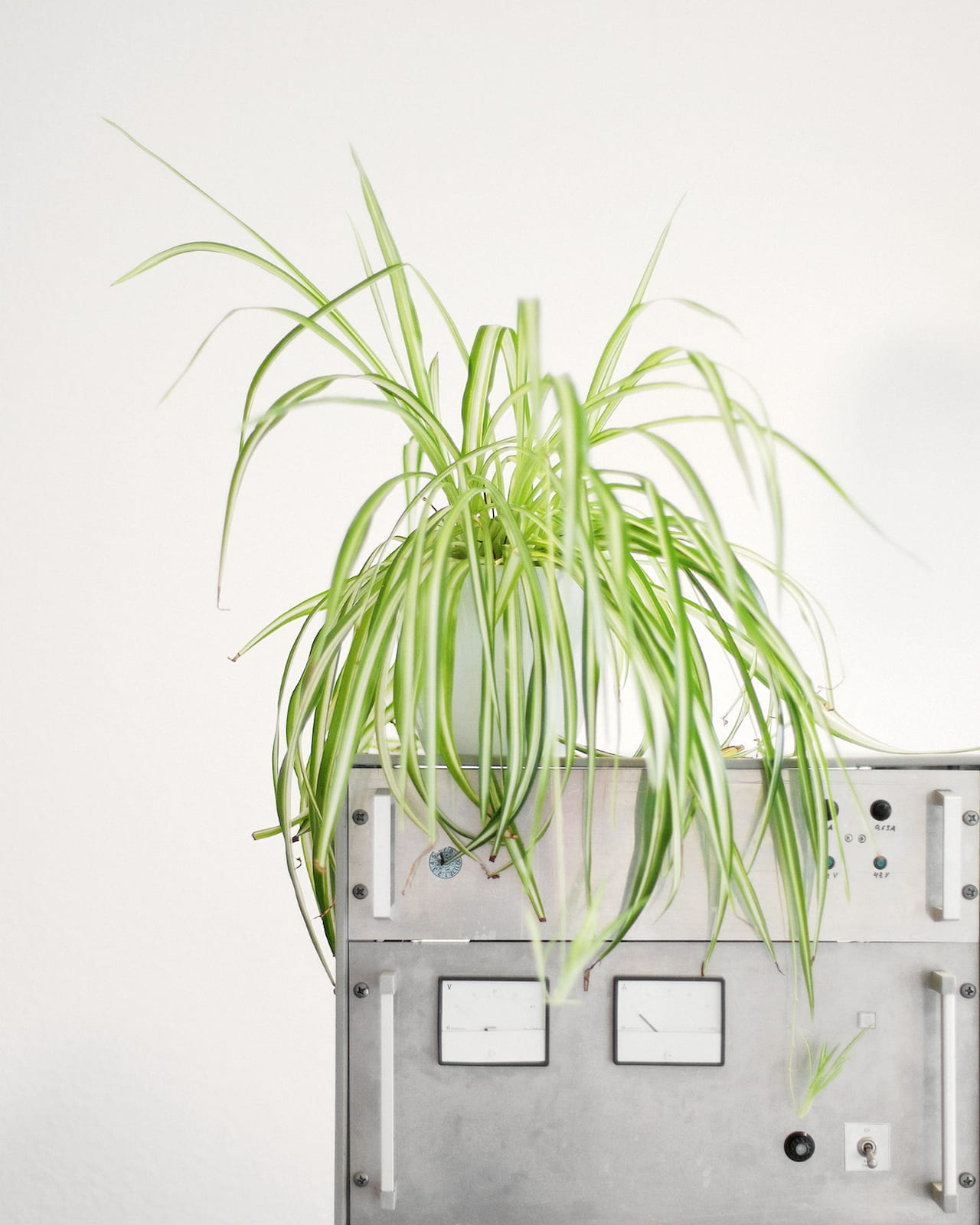Shahidul Alam, one of the world’s leading figures in photography, and a social activist who has been a harsh critic of the government in his native Bangladesh, has been arrested in Dhaka for making “provocative comments” following mass protests that have brought parts of the country to a standstill over the past week.
According to his partner, Rahnuma Ahmed, at least 30 plainclothes officers entered his home in the capital at around 10pm on Sunday, and sped him away in a car. He was officially arrested the next day. Alam had posted videos on Facebook and was interviewed by Qatar-based television station Al-Jazeera about the protests, which he said stemmed from anger about widespread government corruption, and not just the bus accident that initially sparked them.

